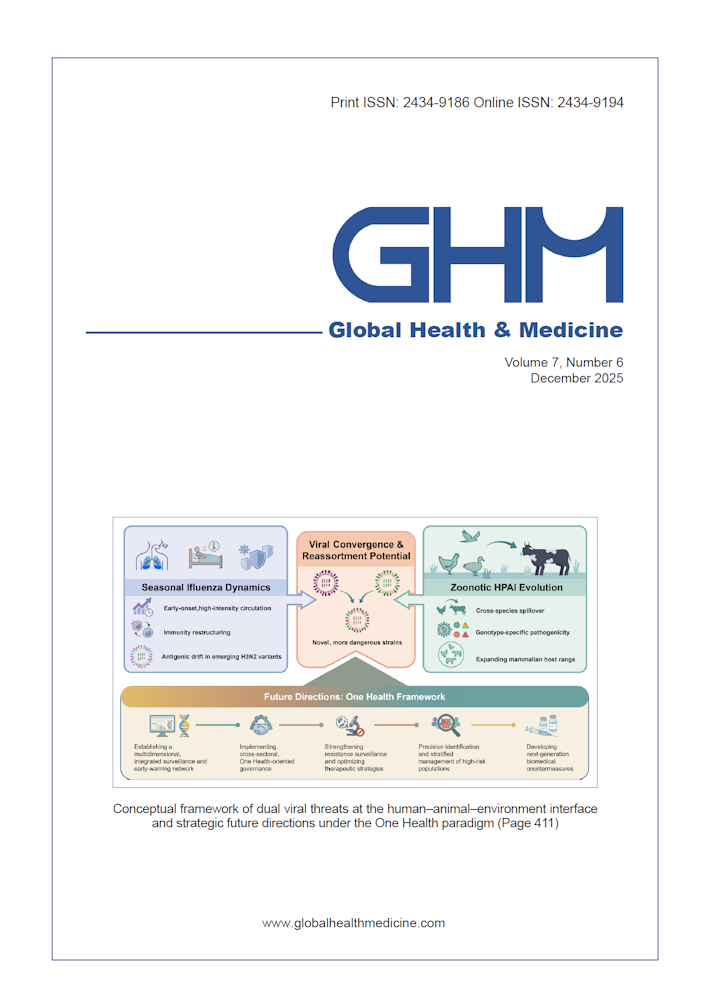Global Health & Medicine 2024;6(3):218-221.
"Fertility-friendly hospitals": A key measure to promote long-term and balanced population development in China
Ma J, Ma F, Zou H
In response to the twin challenges of an aging population and declining birth rates, Zhejiang, China pioneered the concept of "fertility-friendly hospitals" in 2022 to support families and individuals in navigating the complexities of childbirth. Although fertility-friendly hospitals have not yet scaled up in number, their potential benefits and the challenges they face are evident. These facilities aim to provide comprehensive services from preconception to postnatal care, necessitating a high level of specialization and resource allocation, with an emphasis on patient education and participatory decision-making. Currently, there is an uneven distribution of resources across regions in China, with the density of maternal and child health care facilities in developed areas exceeding that of less developed regions by more than tenfold. The establishment of fertility-friendly hospitals will help to slow the pace of population aging and mitigate further declines in birth rates, thereby balancing the population composition and promoting longterm equitable social development. However, they also face challenges in balancing resources, improving the quality of services, and improving accessibility across different regions. As the concept is promoted and practiced, fertility-friendly hospitals are expected to become a significant force supporting China’s population policy.
DOI: 10.35772/ghm.2024.01027







